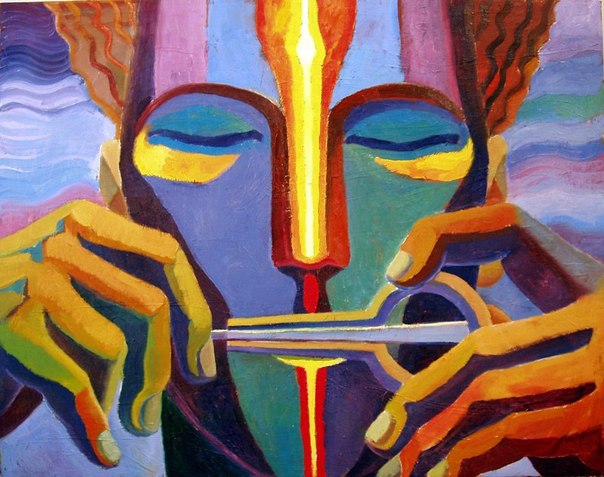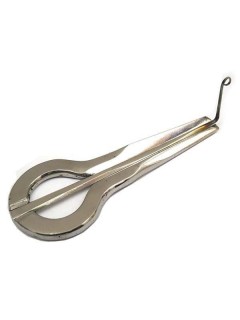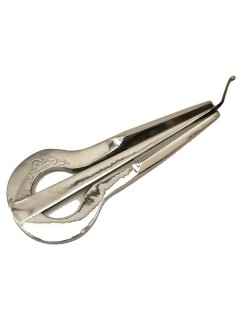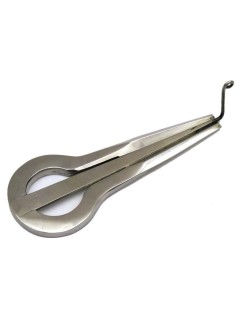5 core levels of playing a jaw harp
When you
buy a music instrument, it is finished. It already has keys, strings and a
resonator. And by pressing the same key, you will receive the same sound. But
when you buy a jaw harp, you don't have ready-made keys yet. You have to create
them yourself and learn how to use them. These keys are five levels of sound
creation: beat, lips, tongue, throat and breath.
An
experienced jaw harp player can simultaneously control all five levels,
and create a unique sound line on each of them. This is aerobatics.
To achieve
that, you need to master each of the levels separately. You need to learn to
feel each "key" of your body, understand how it works and use it
consciously while playing a jaw harp. You will find out that there is a huge
number of different variations in the sound.
And the
challenge is for your body to remember each such variation and the sound
associated with it. In the future, this will allow you to bring muscles to the
desired position with just one thought and quickly create the needed sound.
It's
like learning a dance. First, you need to repeat simple movements many times. Until they start
to come out automatically. And then these movements turn into a single and
continuous stream.
As you
refine your performance at each sound level to technical excellence, you
continually improve your jaw harp skill level. It becomes much easier for you
to express your creative intent as your body becomes a musical instrument.

Each
sound level has its own specific functionality. Let's consider each of them
separately.
1) Beat. In the shamanic tradition, the
jew's harp is called a small horse, and such image accurately depicts
the process. Entering a certain rhythm is like riding a horse. It is with the
rhythm the jaw harp flow begins. From the rhythm, it is filled with strength
and energy. Using a jew's harp, you can perform incredibly complex rhythmic patterns.
But the
beat often becomes a stumbling block for many jaw harp players. Plucking is often
used instead of proper hitting. This leads to the monotony of the rhythm. Such
a horse does not have the strength to carry you far.
But if you
devote enough time to hitting technique and master many different rhythmic
patterns, then there will always be strong horses in your stall, ready to bring
you to the right place at any time. Your tunes will sound powerful and spectacularly.
It is recommended
to devote at least 70% of the time to the hitting technique at the
initial stage of mastering the jew's harp. Otherwise, all other techniques will
sound poor and you will never have ease of play.
2) Lips. The sound wave goes through
the body through an imaginary tube starting at the oral cavity continuing to
the throat and trachea. The lips are the front edge of such a tube, the
entrance to it. It is from here that we begin to direct the sound wave further
through the body.
The lips
are responsible for the niceties of the jew's harp sound. With the help of your
lips, you can emphasize the smallest crystals of sound. You can create various
special effects with your lips by touching the jaw harp.
3) Tongue. It can perform both rhythmic and
melodic functions in playing a jaw harp. The number of tricks is huge.
Functionally, language is like a switch: it changes and directs the flow of
sound waves through the body.
4) Throat. The throat contains the richest
melodic possibilities. This mechanism was created by nature itself to express
thoughts, emotions and feelings. Articulation with the throat while playing the
jew's harp is very similar to articulation with a voice while singing. The
difference is that the vocal cords are not used here.
5)
Breathing.
Breathing can emphasize individual frequencies and control the dynamics of
sound. Make it stronger or weaker. A great rhythmic potential is hidden in the
possibilities of breathing. With the right breathing technique, you can create
very complex rhythmic patterns.
Over time,
you will learn to feel how your breath can control your internal energy
processes. The breathing techniques are good practice by themself. It will
change your understanding of breathing.
Having
mastered all the variety of sounds at each of the levels, you will begin to
cope with the jew's harp much more confidently. And here at Jawharper.com you
can find and buy a jaw harp of your liking.
Related Products
Tartakov yakut jew's harp
This is a fine example of a classical yakut khomus at it's best. Pretty massive forged khomus, craft..
190.00€ Ex Tax: 190.00€
Gerasim Tarabukin Yakut jaw harp
The classic Yakut khomus with an excellent bright sound that helps to reveal the depths of the Yak..
180.00€ Ex Tax: 180.00€
Luginov Yakut jaw harp
Luginov's khomus has a bright, rich sound with a very wide range of overtones, a high frequency sp..
170.00€ Ex Tax: 170.00€



